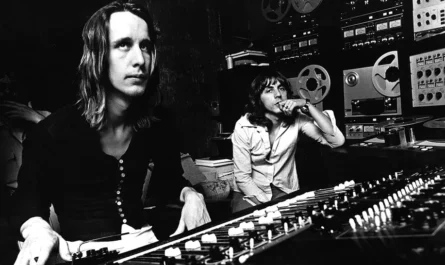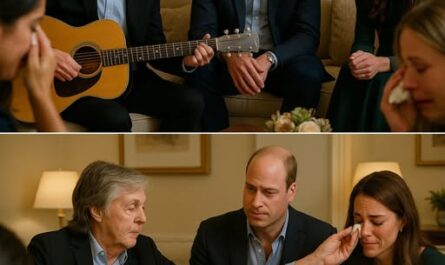In 1929, the first Academy Awards ceremony was held, and it took a speedy 15 minutes, honouring the film industry’s brightest stars as quickly as they could, presumably so that everyone could spend the rest of the evening partying.
The Academy Awards are such a staple part of the pop cultural landscape that it practically forces itself on you; you’ll never escape the buzz of Oscars season and find yourself sucked into its inevitable scandals every year, like the whole La La Land and Moonlight ‘Best Picture’ fiasco, or the Will Smith Chris Rock slap that was truly a snapshot from some Renaissance painting.
At its core, while the Oscars came about as one great chance to gather the most beloved and talented figures in the industry and highlight their excellence, it surpassed the idea of just being a bit of fun years ago, and now feels like it’s actively hurting cinema by inspiring formulaic Oscar bait and championing certain undeserving figures while overlooking others.
In terms of other alterations, the Oscars have reformatted quite a bit. The ceremony actually began as a radio broadcast, and it existed this way until 1953, when it finally made it onto television screens as the medium became more widespread. Since then, it has continued to be broadcast on screens to where you can now livestream the event and the red carpet action, while the endless social media coverage is fit to make you feel like a VIP from the comfort of your living room.
Besides the evolution of the ceremony’s broadcasting, there have also been changes to the categories, with several now standing as defunct relics of a film industry that is ever-changing.
How many Oscar categories have been axed?
There are 12 categories that no longer exist, and it’s fascinating to consider why they were abolished. Take the obvious ‘Best Title Writing’ for example, which, with the introduction of sound at the end of the 1920s, only lasted a year as it didn’t take long for cinema to pretty much do away with title cards altogether, and Joseph Farnham took home the unique prize.
There was also an ‘Academy Juvenile Award’, which was handed out to 12 children between 1934 and 1960. Winners of course included Shirley Temple and Judy Garland, but it wasn’t long before the Academy saw that the title was a little outdated. While there was a worry that children shouldn’t have to compete against adult actors in normal acting categories, many young stars proved that they were more than capable, some even winning, like Tatum O’Neal, who was ten years old when she took home an Oscar for Paper Moon.
Another understandably retired category was the short-lived ‘Best Dance Direction’, because Hollywood sadly just doesn’t deliver the amount of dance-themed movies it used to. We no longer have light-on-their-feet actors like Gene Kelly, Fred Astaire, and Ginger Rogers, and while musicals are still a thing and the occasional dance number a treat in tow, the landscape has inevitably changed, with the title existing for only two years from 1935 to 1937.
‘Best Unique and Artistic Picture’ is another of the short lifespan variety, also only seeing one winner overall. It was made to celebrate a more artsy pick, while the other, ‘Best Outstanding Picture’, was to be awarded to more accessible and popular movies. Thus, the latter was occupied by Wings while Sunrise: A Song of Two Humans was crowned the more “unique” film.
The 12 Oscars categories that no longer exist:
‘Best Engineering Effects’
‘Best Title Writing’
‘Best Unique and Artistic Picture’
‘Best Musical or Comedy Score’
‘Best Director, Comedy and Best Director, Drama’
‘Best Dance Direction’
‘Best Original Story’
‘Academy Juvenile Award’
‘Best Short Subject – Comedy, Novelty, One Reel, Two Reel, and Colour’
‘Best Assistant Director’
‘Best Sound Editing’ and ‘Best Sound Mixing’ (merged into ‘Best Sound’)





